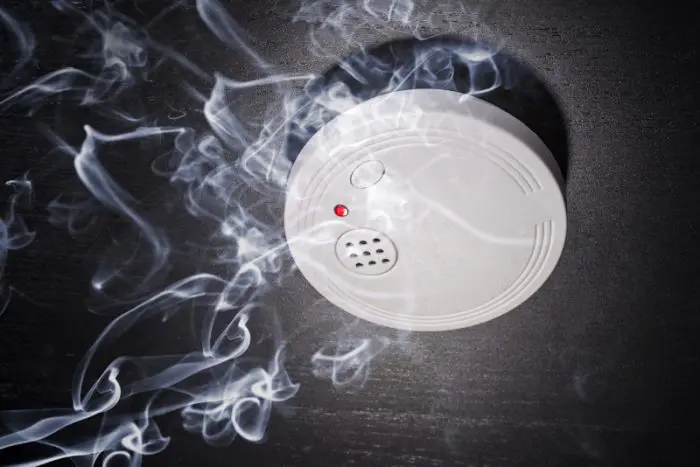
Whether you are heading off for a holiday, a staycation, or visiting a public space, the chances are you’ll encounter a sign saying they can detect people vaping. So, what is the truth behind this, what detectors exist, and can people detect someone having a vape?
Consider the Boeing 737 flying out from Hong Kong in 2018; suddenly oxygen levels dropped, as did the oxygen masks, and the flight automatically went into an emergency descent. In a case of vapes on a plane, the cause was an electronic cigarette. Everyone knows that vaping is banned on flights but the difference here is that it was the co-pilot. Both the Chinese pilot and co-pilot lost their jobs as a result.
A cursory check of the internet shows a lot of ecig users have fallen foul of hotel rules by vaping in their bedrooms. Unless you are staying in Britain’s first “vape-friendly” hotel, the £100+ per night K West Hotel & Spa, you have probably seen warning notices about not using an electronic cigarette because it will set off detectors – but does it?
What types of fire alarms are there?
The first thing to know is that there are different types of alarms: ionisation, heat, and optical. Ionisation alarms detect particles in the air causing the electric current to drop and trigger an alarm, heat alarms obviously detect elevated temperatures in the room, and an optical is triggered if particles block the light from a pulsed infrared LED.
The alarms don’t detect smoke then, they detect particles – smoke, steam, dust, or any other type of aerosol. So, what does this mean for vaping?
When you use an electronic cigarette, you can see exhaled vapour because of the particulates scattering light – predominantly, this is water vapour. This means that enough exhaled vapour will trigger an ionisation or an optical alarm.
While smoke lingers and accumulates, vapour dispels quickly so it requires heavy or frequent vaping to trigger the alarm, but it should be noted that different places have different sensitivity settings on their equipment. For example, plane alarms are exceptionally sensitive because of the critical nature of the location.
What types of fire alarms are there?
The first thing to know is that there are different types of alarms: ionisation, heat, and optical. Ionisation alarms detect particles in the air causing the electric current to drop and trigger an alarm, heat alarms obviously detect elevated temperatures in the room, and an optical is triggered if particles block the light from a pulsed infrared LED.
The alarms don’t detect smoke then, they detect particles – smoke, steam, dust, or any other type of aerosol. So, what does this mean for vaping?
When you use an electronic cigarette, you can see exhaled vapour because of the particulates scattering light – predominantly, this is water vapour. This means that enough exhaled vapour will trigger an ionisation or an optical alarm.
While smoke lingers and accumulates, vapour dispels quickly so it requires heavy or frequent vaping to trigger the alarm, but it should be noted that different places have different sensitivity settings on their equipment. For example, plane alarms are exceptionally sensitive because of the critical nature of the location.
